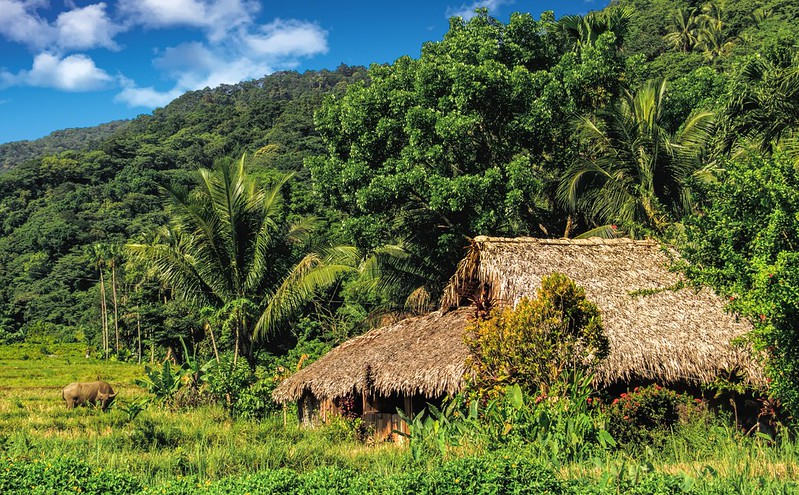Microfinance in Rural Philippines
 Rural areas in the Philippines are home to half of the population, and these communities depend heavily on agriculture for their livelihood. Unfortunately, a lack of previous support has led to persistent poverty in these regions. Fortunately, recent microfinance initiatives are now making significant progress in addressing these issues by providing support to local businesses and improving rural health care.
Rural areas in the Philippines are home to half of the population, and these communities depend heavily on agriculture for their livelihood. Unfortunately, a lack of previous support has led to persistent poverty in these regions. Fortunately, recent microfinance initiatives are now making significant progress in addressing these issues by providing support to local businesses and improving rural health care.
Rural Poverty in the Philippines
Poverty is a serious issue in the Philippines, with 25% of the population living in poverty. This problem is even more acute in rural areas, where the rural poverty rate stands at 36%. Inefficient farming practices, limited access to basic technology and a lack of alternative opportunities outside of agriculture primarily cause this issue. The impact of rural poverty is especially felt by the indigenous community, women and in areas vulnerable to unstable weather and conflicts.
Microfinance Projects Supporting New Businesses
To promote the growth of microfinance, the Filipino Central Bank (BSP) has introduced incentives and policies to encourage other banks to invest in poverty alleviation. Currently, 82% of its finance goes to supporting small businesses and microenterprises and another 6% goes to micro-agri loans.
The BSP’s microfinance initiatives focus on entrepreneurship and financial competency, providing microcredit and small-scale loans to local startups. These initiatives contribute to better job security by diversifying skills away from agriculture. In 2005, the Asian Development Board (ADB) supported microfinance efforts by providing a $150 million loan to encourage greater use of microfinance, promote financial literacy and support cost-effective institutions offering microfinance services. As these programs expand into rural areas of the Philippines, small businesses will have greater opportunities to access financial resources, which could contribute to reducing poverty.
Microfinance Projects Supporting Health Care
Microfinance in rural Philippines also addresses poverty by supporting medical institutions and improving access to health care. The Barbaza Multipurpose Cooperative (BMPC) is a Filipino microfinance institution that focuses on financing the Western Visayas region of the Philippines, an area with poverty levels of 16.4% and extreme poverty levels of 4.2%.
The microfinance project operates in various ways to assist low-income individuals, including offering medical insurance and providing medical loans during emergencies. This initiative effectively supports those residing in rural areas, especially those who work in informal sectors such as agriculture. The project offers up to $1200 for in-person treatments and $600 for emergency treatments, thus benefiting those who rely on subsistence farming.
Supporting small-scale enterprises is beneficial, and so is microfinancing health care. Improving the health of a population leads to a stronger workforce and better education, and ultimately helps lift people out of poverty.
Looking Ahead
Microfinance is so essential in supporting small-scale communities and providing direct support to the most in-need groups, which in the case of the Philippines are those in rural regions. Over the past 20 years, microfinance initiatives in rural Philippines have been successful in reducing poverty rates. For instance, between 2005 and 2008, the number of Filipinos involved in microfinance increased from 2.4 million to 5.5 million, resulting in 2.6 million job opportunities.
In rural Philippines, microfinance can be a key tool in reaching those in poverty by supporting entrepreneurship and improving access to healthcare. This approach provides individuals with the necessary support to improve their living conditions.
– Daisy How
Photo: Flickr
